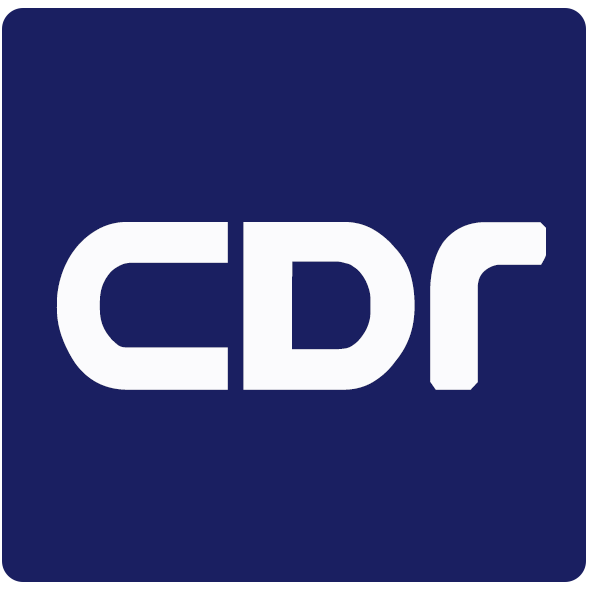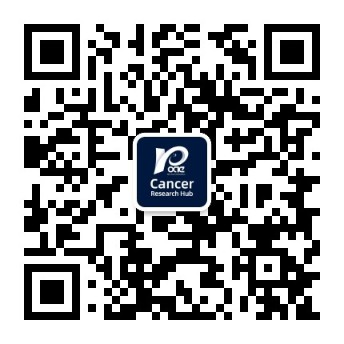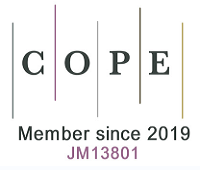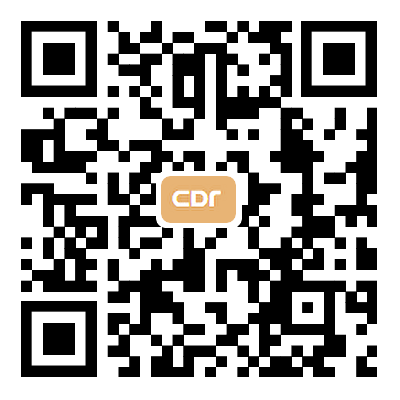fig1
Figure 1. ADC molecular structure and mechanisms of action. ADCs contain three key components: antibody, linker, and payload. They exert their function through four primary mechanisms of action: (1) Direct Internalization: The ADC antibody binds to the target antigen on the cell surface, leading to the internalization of the entire complex into the target cell; (2) Extracellular Release of Payload: The payload is released outside the cell, directly exerting cytotoxic effects on the target cells; (3) ADCC/ADCP/CDC (Antibody-Dependent Cellular Cytotoxicity/Phagocytosis/CDC): By binding to the Fc fragment of the ADC antibody, effector cells (e.g., NK cells or macrophages) are recruited to destroy target cells via immune-mediated mechanisms, including cell killing, phagocytosis, and complement activation; (4) Bystander Effect: The payload, once released, can diffuse to adjacent cells, effectively killing neighboring cells even if they do not express the target antigen. ADC: Antibody-drug conjugate; ADCC: antibody-dependent cellular cytotoxicity; ADCP: antibody-dependent cellular phagocytosis; CDC: complement-dependent cytotoxicity; Fc: fragment crystallizable; GMBS: N-γ-maleimidobutyryl-oxysuccinimide ester; NK: natural killer; PBD: pyrrolobenzodiazepine; SMCC: succinimidyl-4-(N-maleimidomethyl)cyclohexane-1-carboxylate; STING: stimulator of interferon genes; TLR: toll-like receptor.












